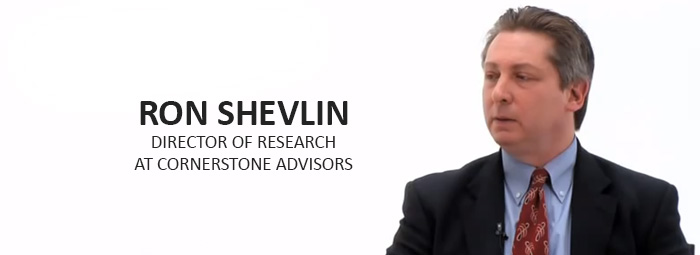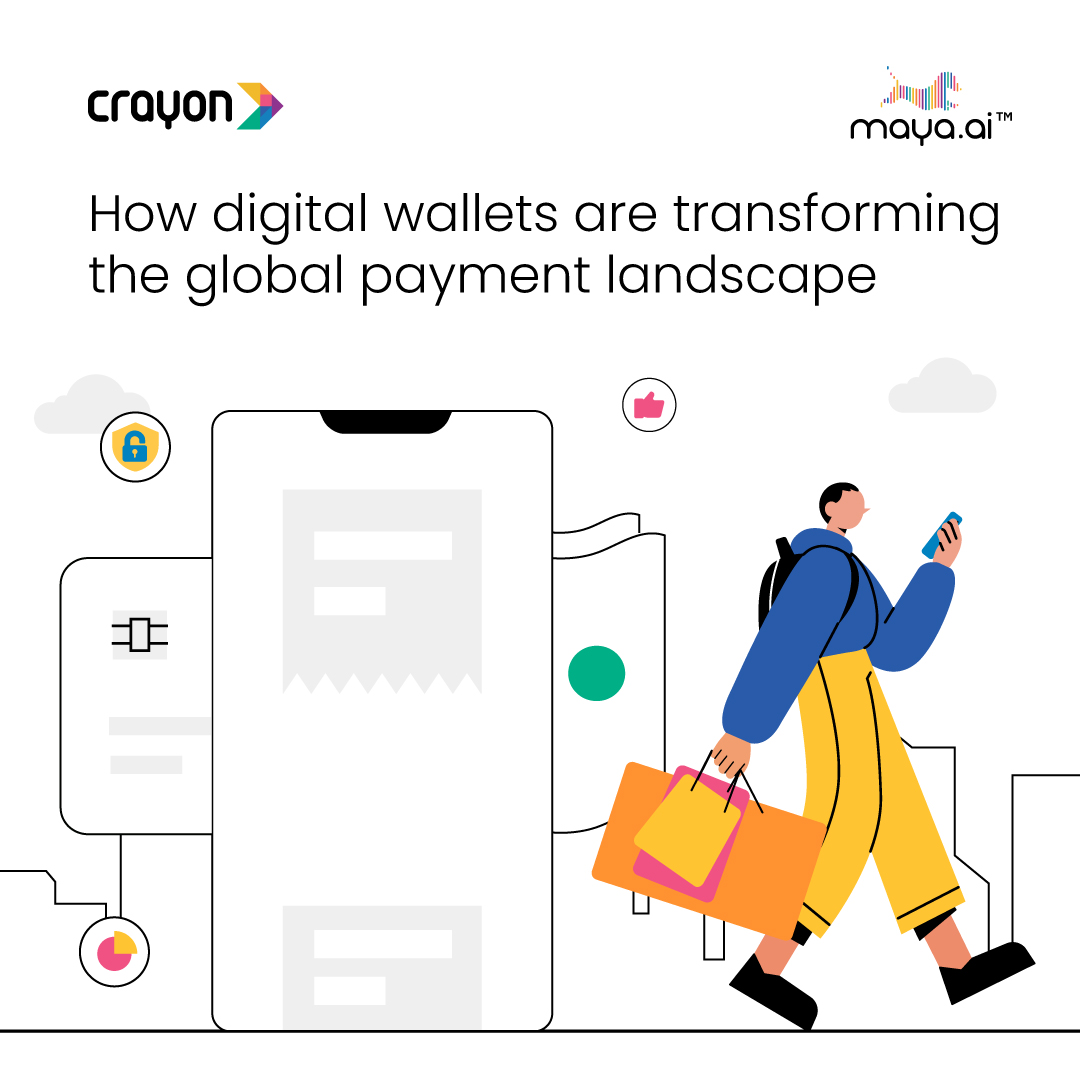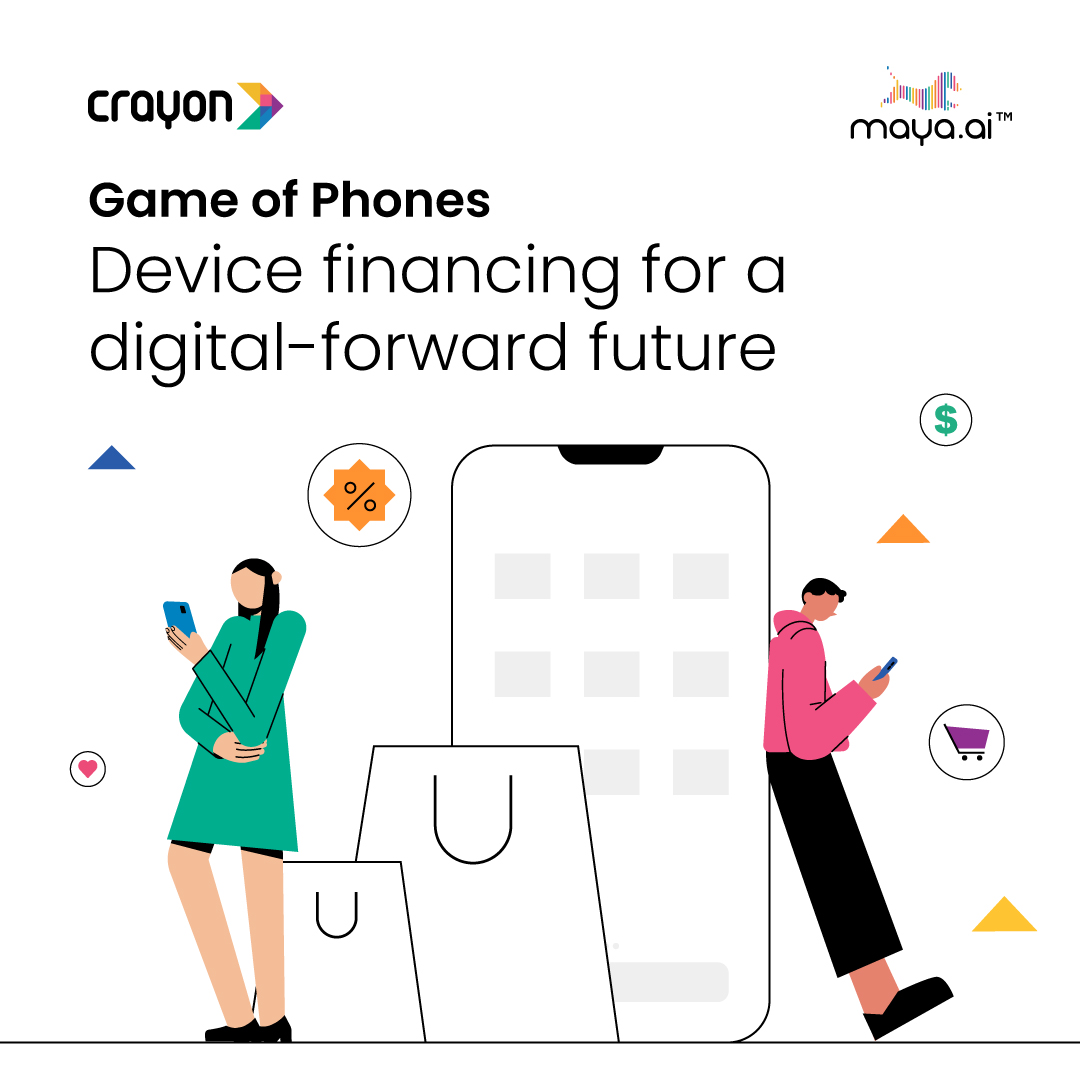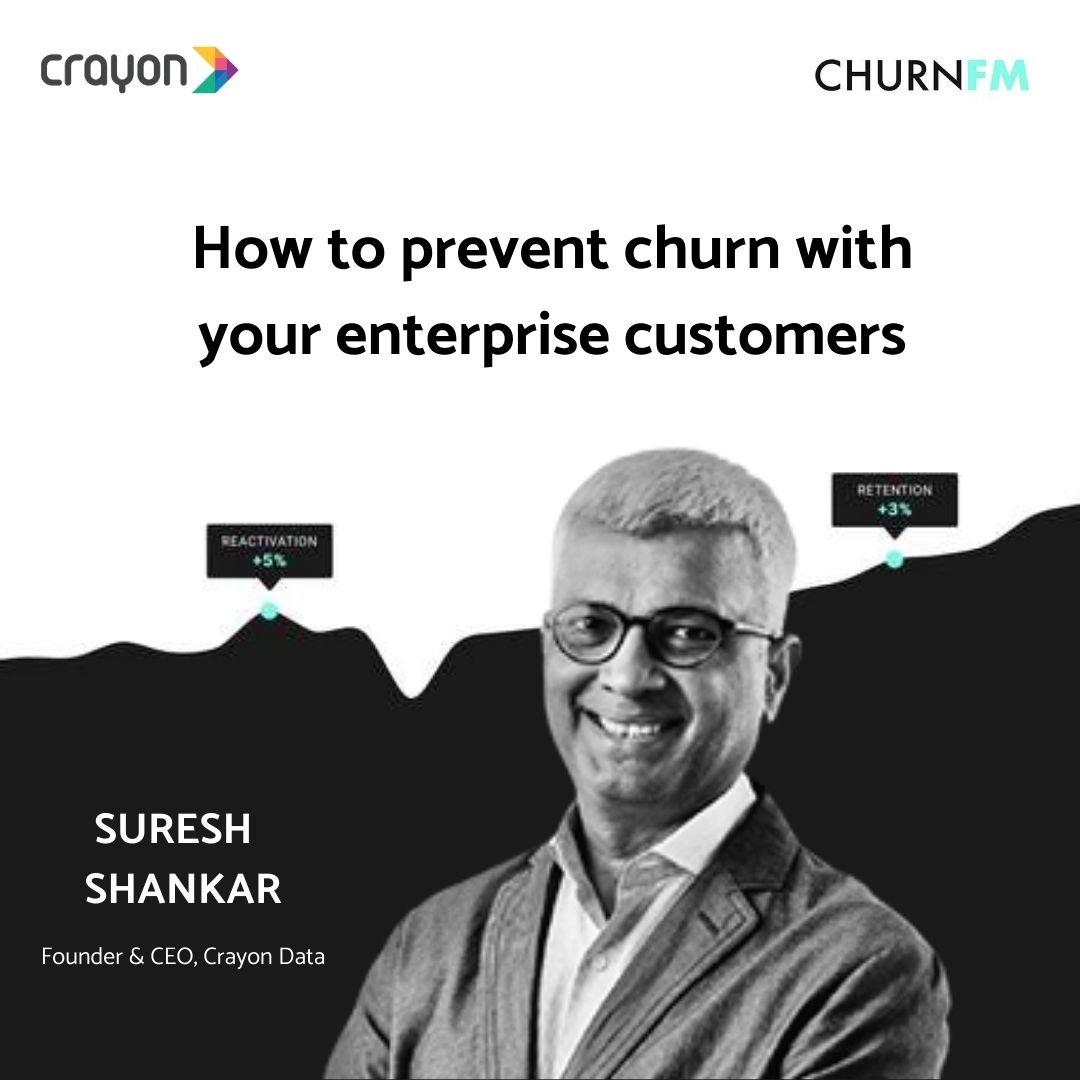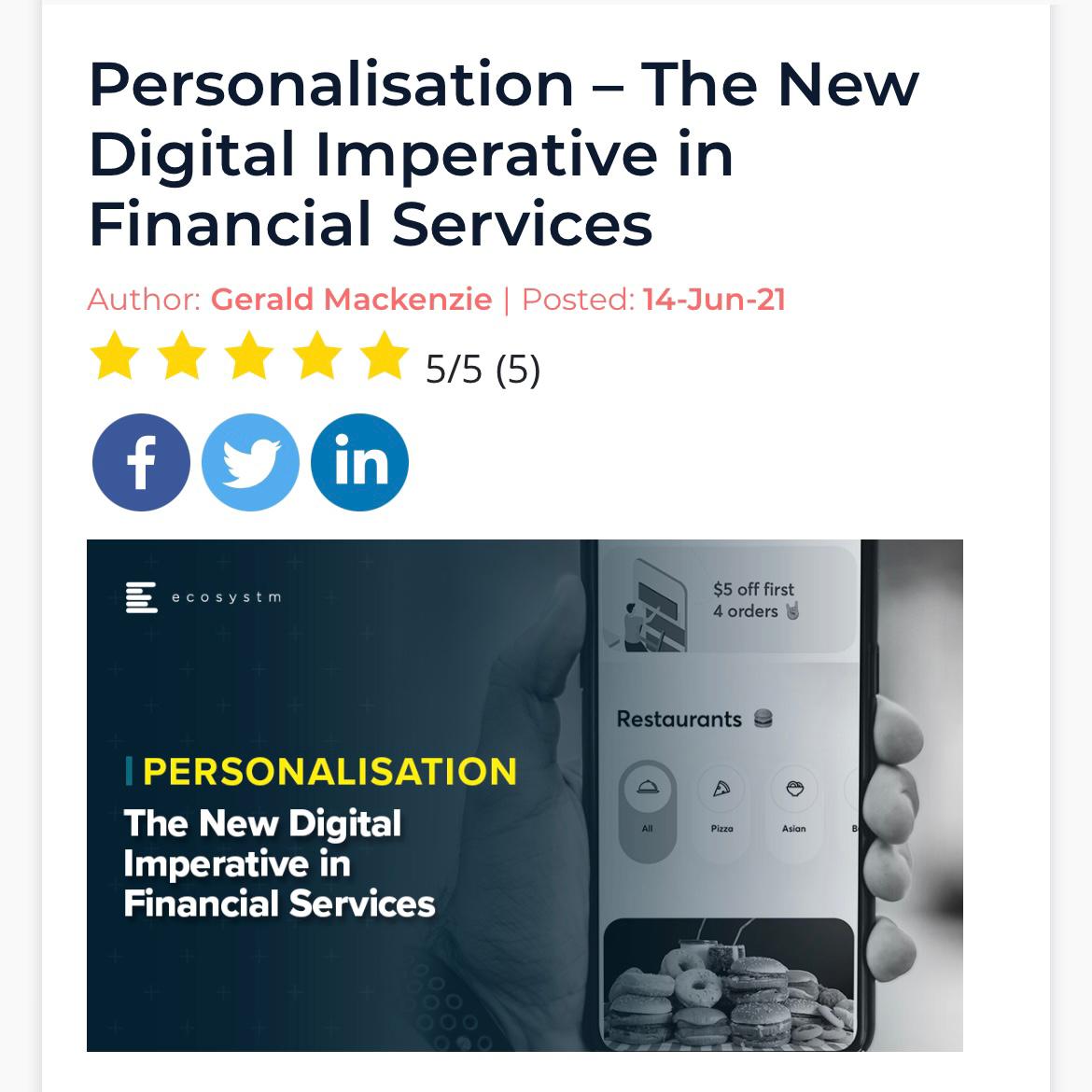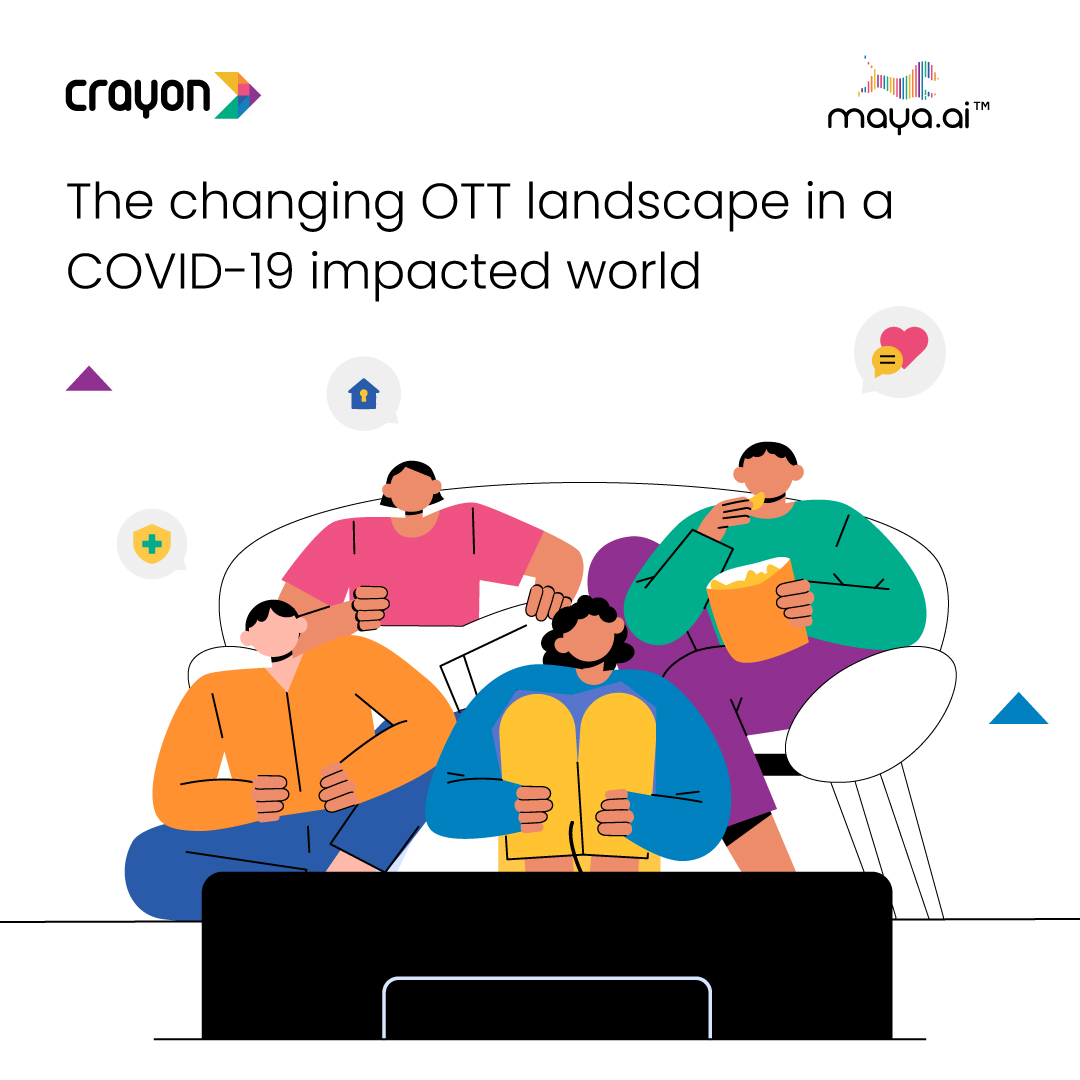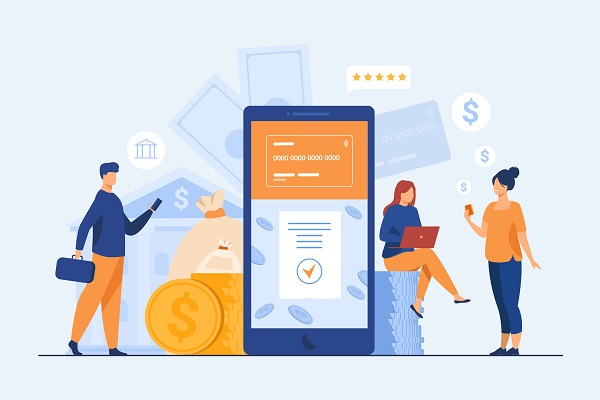I recently interviewed Ron Shevlin, Director of Research at Cornerstone advisors, for Big data made simple, Crayon’s big data information portal. We talked about a wide range of subjects, from how banks need to use the data they have at hand, to their business models, his opinions on the views shared by his peers, and how he thinks the battle between Fintechs and Banks is finally going to play out.
He is one of the most interesting subjects I’ve ever had the honour of interviewing, and his whimsical mix of charm and diplomatic unabashedness is unparalleled to any others’!
Read the complete interview below:
1) Can you please tell us a little bit about yourself, outside of what we could find online?
It’s 2016, the age of Big Data, Google, and the NSA. Everything you could possibly want to know about me could be found online. Even things you wouldn’t want to know about me can probably be found online.
2) Banks sit on troves of big data. How can banks realize greater value from their data?
A good place to start would be to have a more granular definition of what problems they’re trying to address or business questions they’re trying to answer. That’s probably obvious to professionals with strong quantitative marketing skills, but the press and pundits (and unfortunately, many consultants) have led non-quantitatively oriented banking execs to think that Big Data—in and of itself—will predict what consumers will buy, and become some kind of magical competitive advantage.
Too much of the Big Data hype focuses on predicting what a single consumer will buy. But a better use of “big data”—and by that I mean data not historically used by banks—would be to understand the “macro” (vs. “micro”) environment, to identify trends in the market regarding what consumers, in general, are buying, and to understand their purchase journey or decision-making process.
I would, however, challenge your statement that “banks sit on troves of big data.” Banks sit on troves of data. Distinguishing “big” data from other kinds of data is nonsense. Data is data.
3) How can banks become a part of their customers’ everyday life and provide daily value based on a consumer’s personal needs, habits, and preferences?
The key lies in the development and deployment of mobile apps that serve very focused purposes. They could, for instance, track expenses against a budget, monitor the market to check prices for an intended purchase, guide the process of wedding planning, or even assist with a home or auto purchase.
Mobile apps are critical here because of the role mobile devices play in our lives. People don’t exactly want to come home from work, eat dinner, watch TV, then sit down and log on to their bank account to analyze their financial lives or do research about investments or purchases. Mobile apps enable people to do these things as they’re engaged in the relevant processes during the day.
The other aspect that’s critical here is the provision of advice, guidance, and help in the decision-making process. Even enabling a more convenient process by tracking activities and expenses could be helpful.
But overall, providing mobile access to bank accounts to check balances or transfer funds is simply not enough to drive additional customer engagement.
4) In a recent conversation I had with Vikram Atal, Executive Vice President of CITI Bank, he mentioned that banks are still in the nascent stage of the digital and data revolution because they have complex business models. Can you tell us what is wrong with banks’ business models?
Banks had complex business models long before the digital and data revolution. In the United States at least, banks have had complex business models because of regulatory requirements, the conglomeration of various lines of business providing very different products and services to a broad range of customers and the rapid consolidation of the industry.
At the retail level, the business model is flawed primarily because of the misalignment of value and cost. The problem is that consumers don’t perceive the value they get from services like overdraft fees, ATM fees, and expedited bill payments to be in line with the value they provide.
The challenge for banks isn’t becoming “digital”—it’s providing value that is perceived to be in line with the cost—or better yet, providing value that consumers are comfortable paying for.
5) I read the following quote made by you in the Next Bank USA summit “Who will rule banking in the future – Banks or Fintech’s?
“Don’t be a fool
Fintech won’t rule
No doubt that they’re cool
But they’re just a banks tool.”
Why do you say that Fintechs are just tools?
As Mr. Atal can attest to, banks are complex organizations with multiple lines of business serving a multitude of customer segments, be it retail, commercial, or institutional investing. An overwhelming majority of Fintech startups are focusing on niches in the market—whether it’s a narrow customer segment or a narrow set of products or services. Some of these startups will certainly survive, but scaling beyond a narrow niche isn’t easy, and it isn’t cheap. Established firms—whether it’s existing banks or other types of companies—are better positioned to help startups grow. In the end, the path to cashing out for many Fintech startups will be selling off to existing banks.
Hence, banks win, but it’s not that Fintech startups lose. The premise of the debate was pretty stupid since it’s not an either/or win/lose situation.
6) How can banks help their customers understand how to maximize opportunities and build wealth?
This is too difficult a question to answer. Consumers’ attitudes, approaches, and behaviors regarding financial management vary so widely that it’s impossible to boil it down to a single easy answer. Banks have to: 1) segment consumers by their needs, and 2) figure out which segments they (the banks) are best able to serve.
7) Francisco Gonzales, chairman of BBVA, said that “BBVA will be a software company in the future.” What is your view on his statement?
You really like to pit me against other people in the industry, don’t you?
With no intended disrespect to Mr. Gonzales, the statement makes little sense, and if he really believes what he said, that could be really bad news for his bank. I would assert that few software companies are known for their superior customer service, let alone provide good customer service. Is superior software going to be the key to competitive advantage in banking in the years ahead? Or will it be superior service and a superior customer experience?
Now, one could argue that since customer experience is likely to be even more digital in the years ahead, software is the key. But the key to a superior customer experience isn’t superior software development—it’s superior understanding of customer needs, design and a whole host of other capabilities.
Software development can be—and is—outsourced.
8) The title of your book is ‘Smarter Bank’. Who is the target audience for your book and how will your book benefit them?
The target audience is banks/credit union executives, fintech executives, and consultants serving the financial services industry. The book will primarily do two things for them: 1) Help them understand how technology, consumers, and business model trends will impact banks, and what they should do about it, and 2) Make them laugh.
Most business books are such boring snooze fests.
9) There are a number of banks that are using cutting-edge innovative technology. In your opinion, which banks are doing well in digital personalization and the big data space?
Interesting way to word the question.
There are certainly examples—and good ones at that—of banking using innovative cutting-edge technology. But “doing well in digital personalization”? My take is that the whole “personalization” thing is overblown.
The best examples of uses of technology in banking provide real-time advice/guidance, add convenience, improve process execution, and enhance customer experience.
With apologies to everyone outside of the U.S., my favorite examples come from the U.S. because that’s the market I focus on. I’m sure there are plenty of good examples from outside the U.S., but here are two great examples of companies making great use of “cutting-edge innovative” technolog:
1) USAA: USAA’s use of mobile technologies for home and auto buying—not just the lending part of the process—is redefining how their members buy homes and cars.
2) Moven: Moven continues to lead the industry in personal financial management features, to help its customers better manage their financial lives.
